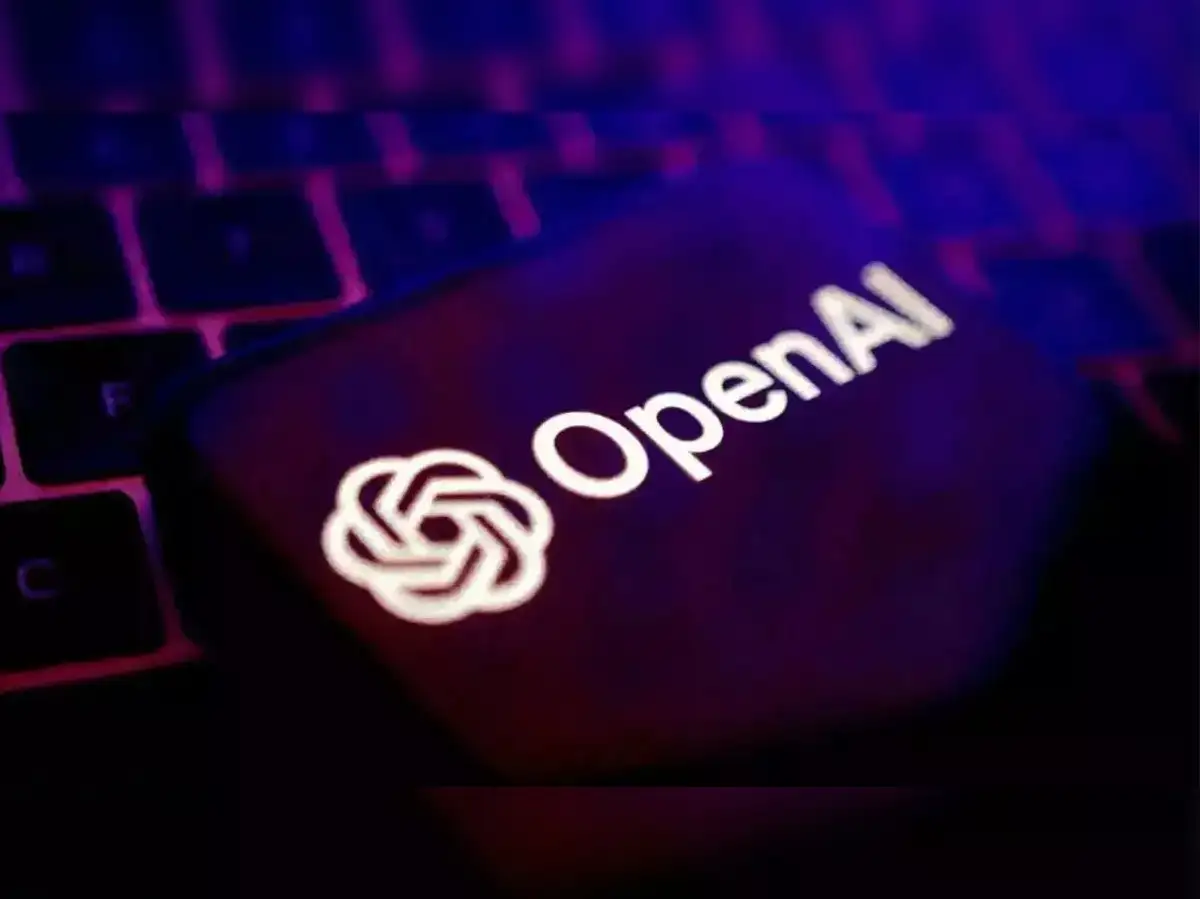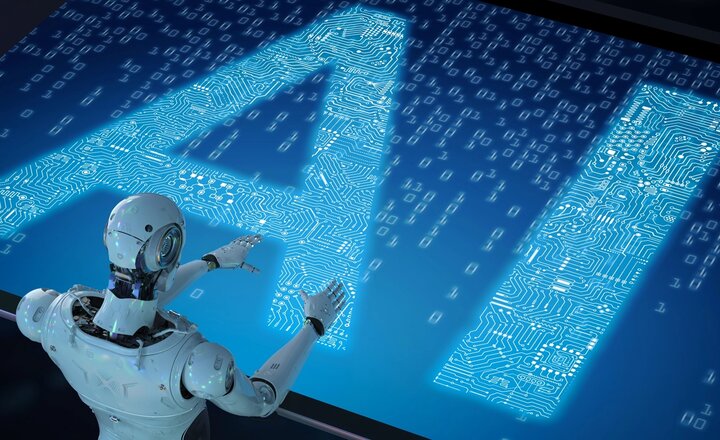現代技術の最前線とAI:EA Sports FC 26 からAIバックアップ、教育支援、動物言語へ
Author: Editorial Team

人工知能はもはやニッチな好奇心ではなく、エンターテインメント、ビジネス判断、教育、科学を形作る常在的なバックグラウンドとなっている。2025年は、AI主導のインフラと消費者体験がリアルタイムで交差する転換点を自ら示している。ゲーム界では、プレビューや業界レポートが、知的システムが体験をパーソナライズし、収益化を最適化し、開発サイクルを加速する方法についてのより広い議論とともに位置づけられる。研究面では、動物のコミュニケーションの解読から労働者の教育支援、企業ワークフローの合理化に至るまで、野心的なAIイニシアチブは、人工知能を輝くガジェットではなく普遍的な能力として捉える技術エコシステムを明らかにしている。地域別のゲームプレビュー、ビジネス分析、科学的プロジェクトから集められた材料は、共通の糸—AIが現代生活の布にますます組み込まれ、機会を広げると同時に、価値、アクセス、責任について新たな疑問を提起している。
ゲーム界では、EA Sports FC 26 が洗練と収益化の議論の焦点となっている。複数の地域のプレビューは、抜本的な刷新ではなく意味のある進化としてこのゲームを説明している。日常のプレイヤーが操作をコントロールし、カスタマイズし、試合をよりスムーズに楽しめる生活の質の向上を高く評価する一方で、新しいコスメティックアイテム、イベント、コンテンツ追加によって継続的な収益を約束するシーズンパスにも警告を出している。媒体間の総意としては、サッカーの基本的なメカニクス—タイミング、ポジショニング、戦略—が消えたわけではなく、プレイヤーがタイトルと相互作用する方法がライブサービスの視点でますますフィルタされている、ということだ。この組み合わせは、洗練されたコアプレイと継続的なマネタイズの仕掛けという業界全体のパターンを示しており、AIがより個別化された体験を提供する一方で、ビジネスモデルがプレイヤーを継続的な関与と支出へと促す。結果として、よりアクセスしやすく動的なゲームになっている一方で、有料コンテンツへの継続的なアクセスに依存しがちである。

EA Sports FC 26 Official Ultimate Team 深掘りプレビュー:新コンテンツ、継続的なシーズン、完成度とマネタイズの相互作用を強調。
Beyond the EA conversation, the industry’s broader narrative around artificial intelligence centers on the material realities of scale and governance. Across regions and platforms, the move toward cross-platform titles—found on Nintendo Switch, Xbox Series X|S, PlayStation, and PC—reiterates that players expect a consistent, high-quality experience wherever they play. Reviewers note that the core simulation remains anchored in familiar gameplay, but the live-service framework increasingly governs what players can access, when, and at what price. In this climate, AI systems are less about replacing human designers and more about orchestrating personalized experiences, optimizing matchmaking, curating content, and tightening the feedback loops that guide ongoing development. The economic logic is clear: a well-tuned monetization engine paired with a compelling, well-polished game can sustain longer lifecycles and fan investment, while also inviting scrutiny about fairness, value, and long-term player welfare.
この framing—quality improvements alongside monetization concerns—extends beyond the IGN Africa preview and into the wider discourse about AI-enabled entertainment. The modern sports game, in other words, is less about a single “wow” moment and more about creating dependable, evolving experiences that respond to player behavior in real time. The experience becomes a service: refreshing seasons, dynamic events, and cosmetic items that reflect a player’s identity and commitment. That is the trade-off many publishers are betting on: more data, more personalization, more frequent content drops, and more predictable revenue streams. As players chase that balance, the industry faces a critical question: how can the benefits of AI-powered personalization be delivered without eroding trust or diminishing the sense of value players derive from ownership, progression, and skill?

Analysts’ view of how large language models will affect business in 2025, highlighting automation, decision support, and scale.
The conversation around AI in entertainment dovetails with a larger economic narrative: the demand for compute is skyrocketing as models become more capable and installed bases grow. Analysts and industry watchers observe that modern games are not just software experiences but systems that rely on continuous data collection, rapid iteration, and cloud-backed services. This reality—paired with a consumer appetite for rapid updates and personalized interactions—places orchestration at the center of value creation. The result is a hybrid of artistry and engineering where developers must balance creative aims with the economics of ongoing delivery. For players, this means a more compelling door into virtual worlds, but it also places a premium on responsible monetization practices, transparent communication about how data informs experiences, and clear lines of accountability when things go awry.
労働力の面では、AIが意思決定を支援・加速する中で協働の新しいモデルが出現している。才能は、デザイン、データサイエンス、マーケティング、オペレーションといった分野に分散されており、AIツールが日常業務の一部になるという期待が高まっている。実際の効果は、チームがより迅速に実行し、より深い洞察を活用し、従来手作業で詰まっていた問題に取り組めるようになることだ。しかしこの加速は、組織がAIを効果的に活用するためのガバナンス、データ衛生、スキル開発の必要性を浮き彫りにもする。セキュリティや労働力の士気を損なうことなく。要するに、AI対応企業は生産性の向上を約束するが、その成功は人とプロセスが知的システムとどれだけうまく統合できるかにかかっている。

OpenAIがバックアップサーバーとクラウド基盤への投資計画を発表—今後5年間で最大1000億ドル規模、今世代の容量拡張を含む。
A parallel thread in AI-enabled work lives in the real world of workforce dynamics. A BizToc digest of Inc. coverage points to Gen-Z workers who increasingly become de facto AI tutors within their organizations. Nearly two-thirds of Gen-Zers volunteer to help older coworkers learn and use AI tools, a trend that accelerates adoption, improves productivity, and elevates the reputation of those who become known as AI champions. This dynamic helps reduce resistance to new technologies, shortens the learning curve for frontline staff, and democratizes access to the most powerful tools in the workplace. At the same time, it raises questions about equity of training responsibilities, the quality of informal guidance, and how much formal training is still necessary. As AI becomes embedded in daily workflows, the question shifts from “can we train people to use AI?” to “who bears responsibility for ensuring accurate, ethical, and consistent use of AI across an organization?”
AIが日常の業務フローに組み込まれると、「AIを使えるように人を訓練できるか」という問いから、「組織全体で正確・倫理的・一貫したAIの使用を誰が責任を負うのか」という問いへと変わる。

Earth Species Project のAI支援による動物音響研究は、2030年までに種間コミュニケーションの基礎辞書を解明する可能性を開く。
AIと生物学・言語学の交差点での研究は、大胆な野心を浮き彫りにしている。機械学習を用いて動物言語を解読すること。Earth Species Project の動物発声を基礎辞書へマッピングするミッションは、人間の動物認知の理解が保全、倫理、そして生態系との関係を変える未来を描いている。そのようなプロジェクトは、コミュニケーション、認知、科学の境界について私たちの仮定に挑戦し、動物信号のニュアンスと多様性を扱えるモデル設計を促す。2030年までのブレークスルーを目指すこのタイムラインは、ユーザー体験、収益化、ガバナンスといったより直接的な関心事を補完する、AI対応の発見の長い道のりを反映している。これらの糸は合わせて、AIが単にタスクの自動化や個別化メディアの提供だけでなく、生命・言語・意味に関する大きな問いを投げかける世界を描いている。
グローバルなAIエコシステムは、計算資源が技術戦略の中心となっていることを示す巨額の資本コミットで特徴づけられる。OpenAIの支出計画に関する報告—今後5年間で最大1000億ドルをバックアップサーバーへ、さらに今年代の容量拡大に数千億ドルを投入する見込み—は、AIが資本集約型の企業へと変化したことを浮き彫りにしている。クラウドプロバイダー、データセンター、エネルギー消費、AIインフラのサプライチェーンが、今後数年の企業戦略を形作ると指摘している。経営幹部にとっては、データの所在、信頼性が高く拡張可能な計算資源の調達、長期的なリスク管理とベンダーエコシステムの整合性といった戦略的決定へと翻訳される。モデルがより大規模で高度になるにつれて、それを支えるインフラは、華やかさと約束を可能にする隠れたエンジンとなる。
これらの発展の融合—エンターテインメントの更新、ビジネスツール、教育の革新、そして野心的な科学プロジェクト—は、AIが単一の発明というより、広範な枠組みとして機能する時代へと向かうことを示している。影響は深く、より良いゲーム、よりスマートな運用、より高度な教育支援、そしてより深い科学的探究が、アクセスの格差や安全性への懸念と共存し得る。前進の道筋は、設計者、政策立案者、研究者がイノベーションと説明責任のバランスをどのように取るかにかかっている。AIが信頼と安全を損なうことなく真の価値を提供することを保証する。2025年が何かを証明するなら、それはAIが実験的な新奇性から、分野を横断する安定した統合的力へと移行しているということだ。可能性を再考し、実現する責任を誰が担うのかを問う時代だ。